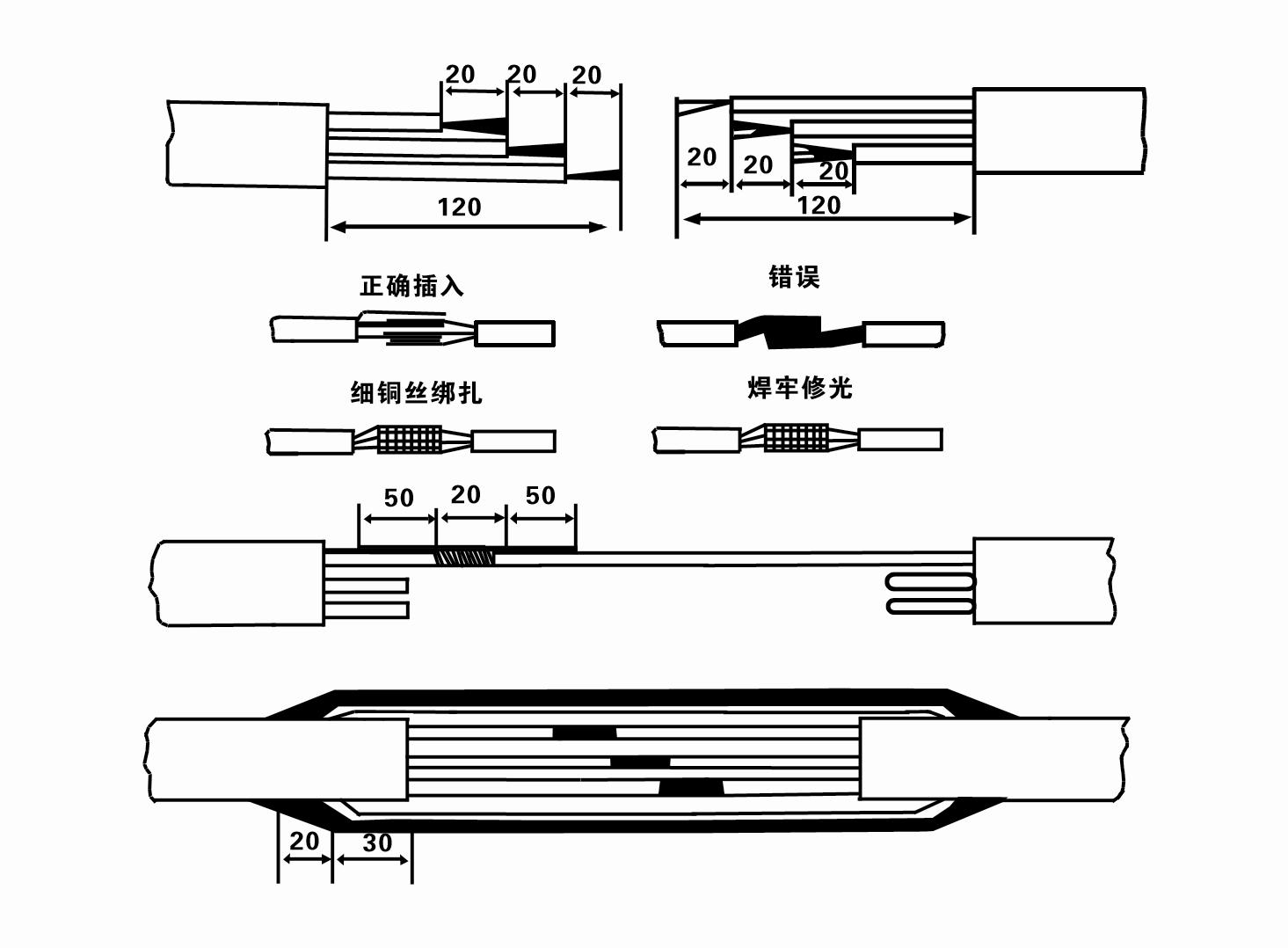Oct . 31, 2024 14:42 Back to list
Submersible Water Pump Motors for Efficient Fluid Transport Solutions
Submersible Water Pump Motors Key Features and Applications
Submersible water pumps have become essential in various applications, from residential water supply to industrial dewatering, owing to their efficiency and reliability. A crucial component of these pumps is the motor, which propels the pump and enables it to function effectively underwater. Understanding the characteristics and functions of submersible water pump motors can help users make informed decisions for their specific needs.
Design and Construction
Submersible water pump motors are designed to operate while submerged in water. They are constructed to withstand high pressure and corrosive environments, making them suitable for various applications, including well water extraction, sewage systems, and irrigation. The motors are typically hermetically sealed to prevent water ingress, which could lead to short-circuiting or damage. Made from corrosion-resistant materials, these motors ensure long-lasting performance, even in harsh conditions.
Types of Motors
There are two primary types of submersible water pump motors single-phase and three-phase. Single-phase motors are commonly used for residential applications, such as deep well pumps and small irrigation systems. They are typically easier to install and require less complex wiring. On the other hand, three-phase motors are more powerful and efficient, making them ideal for larger industrial or commercial applications. They can handle higher loads and are generally more robust, providing longer service life and reduced maintenance.
Efficiency and Performance
submersible water pump motor

Motor efficiency is an essential factor in overall pump performance. High-efficiency motors can significantly reduce energy consumption, leading to cost savings and a smaller environmental footprint. The efficiency ratings of submersible motors can be enhanced through technologies such as variable frequency drives (VFD), which allow for precise control over motor speed and torque. By adjusting the power output based on demand, VFDs help optimize performance while minimizing energy loss.
Applications
Submersible water pump motors find extensive usage in various sectors. In agriculture, these motors are employed in irrigation systems, helping to provide essential water supply for crops. Additionally, they are widely used in municipal water systems for groundwater extraction, ensuring communities have access to clean water. In industrial applications, they are crucial for dewatering operations, pumping out water from construction sites, mines, or flood-affected areas. Furthermore, submersible motors are often utilized in drainage and wastewater management systems, playing a vital role in environmental protection by managing sewage and stormwater.
Maintenance and Care
Proper maintenance of submersible water pump motors is vital to ensure optimal performance and longevity. Regular inspections should focus on checking for wear and tear, ensuring seals are intact, and monitoring electrical connections. Users should also be aware of the operating environment and consider factors such as water quality, temperature, and debris that might impact the motor's performance. Following manufacturer guidelines for maintenance can help avoid costly repairs and extend the life of the motor.
Conclusion
Submersible water pump motors play a critical role in modern water management systems. By understanding their design, types, efficiency, and applications, users can select the right motor for their specific needs, ensuring reliable and effective performance. With ongoing advancements in technology, these motors continue to evolve, providing even greater efficiency and sustainability in a variety of settings. Investing in a high-quality submersible water pump motor is essential for anyone looking to achieve optimal water management solutions.
-
Water Pumps: Solutions for Every Need
NewsJul.30,2025
-
Submersible Well Pumps: Reliable Water Solutions
NewsJul.30,2025
-
Stainless Steel Water Pumps: Quality and Durability
NewsJul.30,2025
-
Powerful Water Pumps: Your Solution for Efficient Water Management
NewsJul.30,2025
-
Oil vs Water Filled Submersible Pumps: Which is Better?
NewsJul.30,2025
-
Deep Well Pumps: Power and Reliability
NewsJul.30,2025
-
 Water Pumps: Solutions for Every NeedWhen it comes to handling dirty water, the dirty water pump is a must-have.Detail
Water Pumps: Solutions for Every NeedWhen it comes to handling dirty water, the dirty water pump is a must-have.Detail -
 Submersible Well Pumps: Reliable Water SolutionsWhen it comes to ensuring a reliable water supply, submersible well pumps are a top choice.Detail
Submersible Well Pumps: Reliable Water SolutionsWhen it comes to ensuring a reliable water supply, submersible well pumps are a top choice.Detail -
 Stainless Steel Water Pumps: Quality and DurabilityWhen it comes to choosing a water pump, the stainless steel water pump price is a crucial factor.Detail
Stainless Steel Water Pumps: Quality and DurabilityWhen it comes to choosing a water pump, the stainless steel water pump price is a crucial factor.Detail
